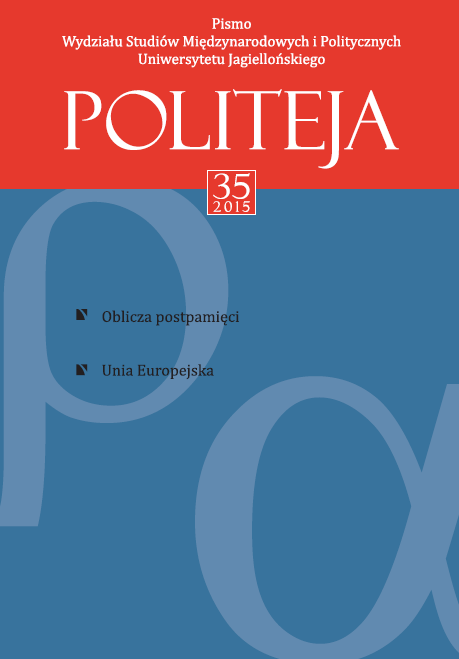"Dom nad rzeką Moskwą" jako architektoniczny i literacki znak pamięci
The House on the Embankment as an architectural and literary sign of memory
Author(s): Aurelia KotkiewiczSubject(s): Politics / Political Sciences
Published by: KSIĘGARNIA AKADEMICKA Sp. z o.o.
Keywords: totalitarian regime; terror; trauma; memory; house; Moscow
Summary/Abstract: The huge constructivist apartment house built in the 1930s in downtownMoscow, on the bank of the Moskva river, owes its present -day name to YuryTrifonov’s novel The House on the Embankment (1976). Being an example ofarchitecture typical of the Stalinist regime and a symbol of the regime’s triumphand dominance over man, the house functions as a very special character inTrifonov’s novel. It represents both individual and collective memory, shows thedestructive influence of history and politics on the life of an individual and thewhole nation. The House on the Embankment, related to the archetypal imageof house, which is traditionally perceived as a space of love, safety and family ties,emerges in Trifonov’s novel as an anti -house, a dehumanizing space in which theintergenerational relations are destroyed and which signifies man’s submission toand fear of authorities.
Journal: Politeja - Pismo Wydziału Studiów Międzynarodowych i Politycznych Uniwersytetu Jagiellońskiego
- Issue Year: 12/2015
- Issue No: 35
- Page Range: 143-155
- Page Count: 13
- Language: Polish

